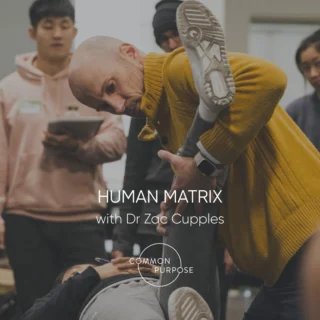Often, fitness goals include increasing our flexibility. And in most cases, flexibility in our legs is a common target. Alongside our backs, they are the most common focal point for this particular goal. We’ve put together some of the common questions we’re asked about increasing leg flexibility.
Why are your muscles tight?
In sedentary individuals, tight muscles are usually a consequence of underuse and a general lack of movement variability which causes them to become both stiff and weak. Staying in the same position for long periods (think sitting down for hours) causes muscles to adapt to this fixed position. They also become weak and more sensitive due to a lack of optimal loading, that exercise can provide.
How to increase flexibility for complete beginners
Whilst you can quickly gain flexibility in many different ways, maintaining and controlling this mobility requires a bit more consistency and repetition. Breathing, foam rolling and massage may help to temporarily relax the neuromuscular system, which gives you a window of opportunity to improve your ability to actively exercise in these ranges of motion.
For beginners, first, prepare the muscles for activity with a light warm-up, then learn how to use a foam roller, lacrosse ball or massage gun for areas that are feeling particularly stiff, then perform slow dynamic stretches and active mobility exercises to increase controllable range of motion, targeting specific areas if need be. Spend 15-20mins doing this every day for a month and see how much your flexibility improves.
3 steps for improving flexibility
Step 1. Relax the mind, warm the body
Breathing, foam rolling, deep tissue work, even a simple warm-up, all help ease muscle tension, increase blood and lymph flow and release synovial fluids around the joints. Don’t underestimate the impact of a relaxed state of mind on neuromuscular tone due to altering the state of your autonomic nervous system. Relax the mind with calming music, meditation or breathing techniques, and experience a reduction in muscle tension..
Step 2. Increase range of motion
Dynamic stretching can work here, anything that increases muscle pliability and eases joint stiffness, allowing them to achieve a more optimal range of motion.
Step 3. Get strong in the new range of motion
Once you’ve improved your range of motion, next you need to get strong and stable throughout this range. Using a computer analogy, once you’ve manipulated the “hardware” (muscles, tendons etc) to achieve more optimal ranges, you need to start actively using these new ranges for the body’s “software” (neuromuscular system) to recalibrate and update its operating system. This enables short term improvements to become more permanent.
Top 5 Leg Flexibility Tests
- Lower back and hamstrings – Forward fold/toe touch
- Hips – Lying active internal and external rotation
- Adductors – Seated wide legs
- Quads and hip flexors – Thomas test
- Calves and Achilles – Knees over toe wall touch
Top 5 Leg Stretches for Beginners
- Hamstrings – Staggered stance hip hinge
- Hips – Seated 90/90 hip switch
- Adductors – Wide stance lateral lunges (adductor stretch)
- Hip Flexor – Half kneeling stretch (or couch stretch)
- Calf / Achilles complex – Heel drop calf stretch
If you want to increase your flexibility or have another fitness goal in mind, our expert trainers are here. Our London Mayfair gym space and training methods are proven to give exceptional results. If you’re interested in learning how our training program could help you, read our four pillars of training ebook for free.
 Common Purpose Team
Common Purpose Team



